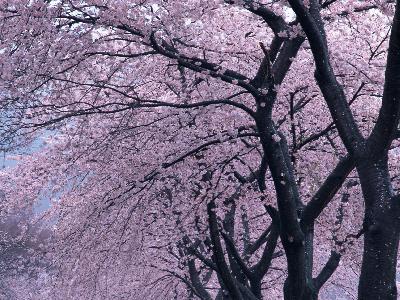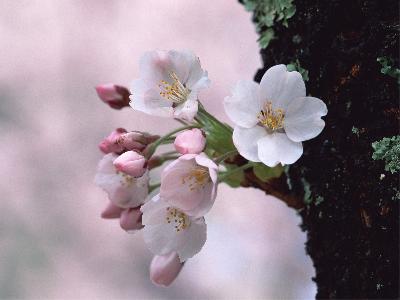|
Jubako lunch boxes come in various shapes such as cylindrical or hexagonal, but the most common is square.
Jubako are basically lunch boxes for food. They may have up to 5 layers. Officially, these layers represent the 4 seasons, so there are usually only 4 layers. Jubako may hold special food such as 'osechi' at New Year, or for hanami cherry-blossom-viewing picnics, or during athletic festivals.
It is believed that jubako developed from 'food baskets' ('shilong') introduced from China. However, there are references to lunch boxes in Muromachi-period documents, therefore, it could be said that jubako have a long history.
During the Edo period, jubako came to be used by common people, too, and their real manufacture began in 1610. Samurai and daimyo used them as lunch boxes during leisure outings, such as hunting expeditions. Later, they started to be lacquered and decorated. Even now, this traditional item is commonly used in Japan.
Jubako are basically lunch boxes for food. They may have up to 5 layers. Officially, these layers represent the 4 seasons, so there are usually only 4 layers. Jubako may hold special food such as 'osechi' at New Year, or for hanami cherry-blossom-viewing picnics, or during athletic festivals.
It is believed that jubako developed from 'food baskets' ('shilong') introduced from China. However, there are references to lunch boxes in Muromachi-period documents, therefore, it could be said that jubako have a long history.
During the Edo period, jubako came to be used by common people, too, and their real manufacture began in 1610. Samurai and daimyo used them as lunch boxes during leisure outings, such as hunting expeditions. Later, they started to be lacquered and decorated. Even now, this traditional item is commonly used in Japan.
| [+ADDRESS] | 
|
















